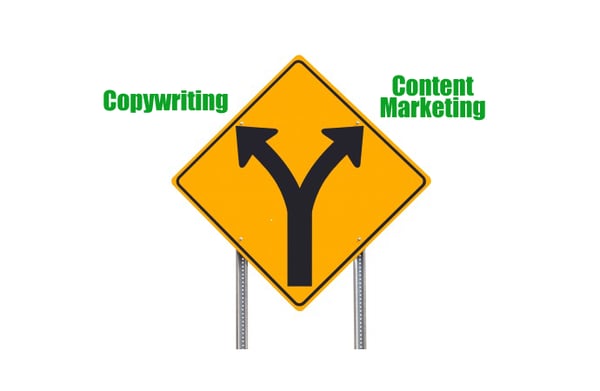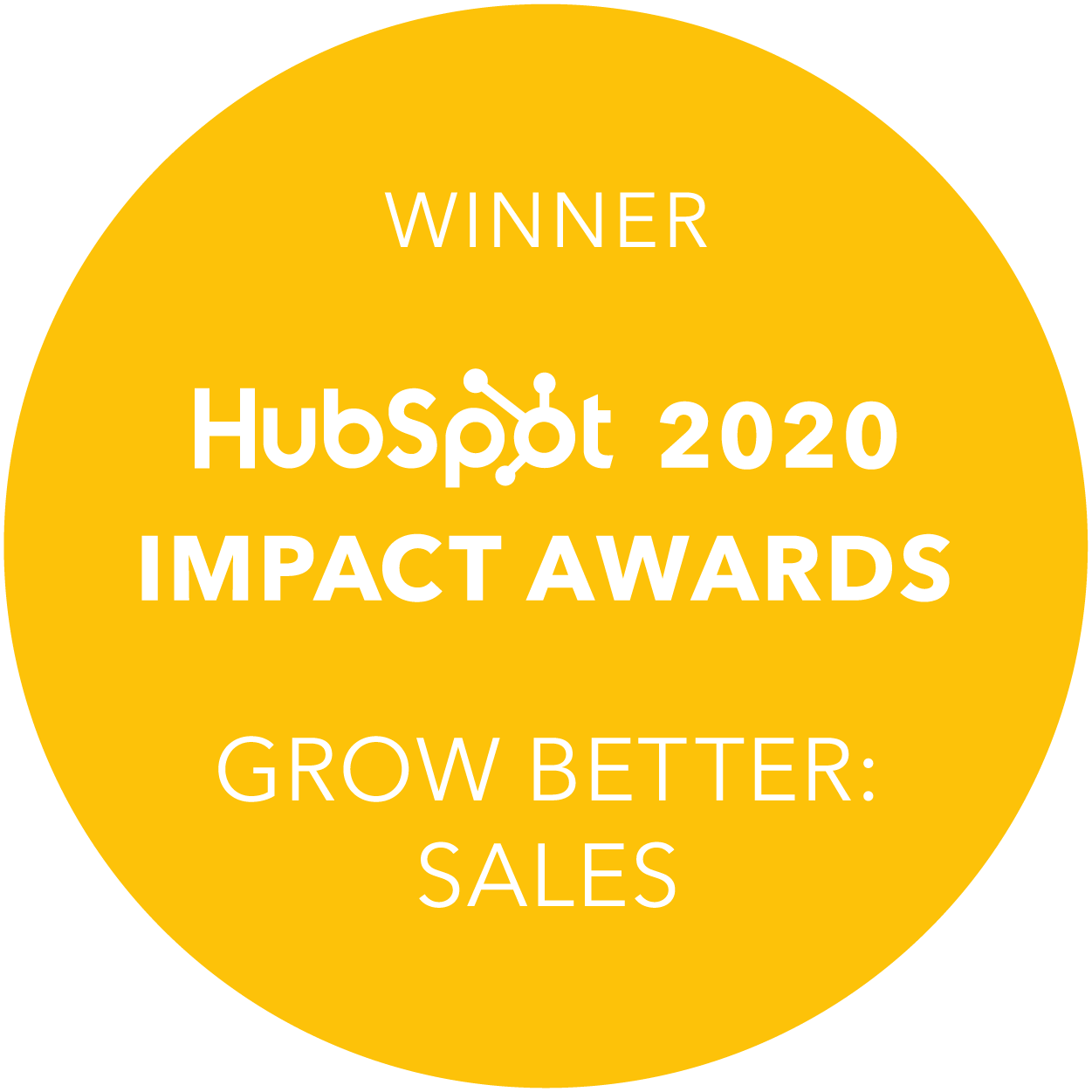Content marketing and copywriting are like identical twins. They are usually greeted with; “Wow! I literally cannot tell which one’s which! You look so alike! Who’s who?!”
This is typically followed by a synchronised turn of the head as they both roll their eyes in disdain. On the surface, they appear strikingly similar. Underneath, they are in fact very different.
Much to the wrath of copywriters and content marketers, the two terms have been used interchangeably for years.
You might think this sibling rivalry is just grown up playground squabble. And who could blame you? What’s lamer than adults arguing over their job titles. It’s like the School Prefect who thinks he’s got superior status over the Milk Monitor.
Let me reassure you, in this instance, it does matter!
One term refers to an activity that has the power to grow your business (that’s content marketing), and the other refers to an art form that pushes people towards a desired action (that’s copywriting).
If you understand the difference between the two, it can help you define your market more effectively, prioritise growth activities, hire the right people, and a whole lot more.
A brief tale of two persuasive siblings...

Let’s imagine, in a really cruel world, there were two identical twins born. The boy was named Copywriting, and his sister? Well, she was called Content.
As they grew up together, people would always comment on their striking similarities. You couldn’t even tell them apart from the big letter C that protruded on either of their jumpers!
Many years later, they left their unforgiving home life behind to attend university. Copywriting studied Creative Writing, whilst Content studied Marketing.
It quickly became apparent to their lecturers that they both possessed two different, but equally valuable skill sets.
Copywriting was gifted in the following ways:
- Persuasion
- Creativity
- Boldness
- Enthusiasm
His lecturer quickly recognised these skills and recommended Copywriting do some research into the following areas:
- Brochures
- Direct Mail Letters
- Press releases
- Radio and tv scripts
- Website landing pages
Copywriting rushed back to his dorm room, hammering out headlines and crafting CTA’s til the cows came home. He believed that if he practised enough, one day his words would be able to convince people to take action.
Content, on the other hand, had her own unique set of gifts. She was:
- Generous
- Confident
- Smart
- Friendly
Having made friends with literally everyone on her course, Content’s lecturer was delighted by her ability to consistently charm everyone with her helpful personality. Content was advised to investigate the following areas.
- eBooks
- White Papers
- Reports
- Blogs
- Videos
- Podcasts
Content skipped back to her dorm room, opening doors for people on her smiley way. Having understood the importance of author rank, buyer personas, being unique, and striving for excellence, Content was leaps and bounds ahead of her classmates.
She was also lucky to have Copywriting as her brother. After all, it was him who taught her the importance of getting to the point quickly. Content loved to chit-chat, it’s why she was so good at building relationships.
After graduation, Copywriting got a job at Nike. On day one in his junior role he came up with the slogan “Just do it”. Meanwhile, Content secured a job at Coca-Cola. She was the brains behind the “Share a Coke” campaign. In the end, she decided not to put her name on one of the bottles…
The end...
The art of copywriting and the audience-building power of content...

What this story shows us is the different kinds of value copywriting and content bring to the wider marketing spectrum.
Copywriting is the art of driving readers to take a particular action you want them to take.
Content is a long-term growth tool focused on educating and informing the reader, without necessarily trying to drive them to a specific outcome at that point in time.
To illustrate these differences, let’s use a more practical real case scenario:
Suppose you’re sending an email to all of your subscribers. You want to A/B test your email campaign to see which achieves a better open rate. The words you choose to build those subject lines? That’s copy.
Now you want to build a landing page to send people to once they’ve opened the email. The words you choose in your call-to-action (CTA) drive the reader to do something, or take the next step in a journey: learn more, sign up, schedule a demo, get more information. That’s copy.
But you’re a smart marketer, so you don’t just ask for information on your landing page without providing something in return. Instead, you give them access to original research or information that helps them solve a business problem they’re facing. That’s content.
As you can see from these examples, content is subtle. It’s designed to educate, inform, and provide value, but not necessarily to urge someone to take a specific action immediately.
Content needs copywriting, as much as copywriting needs content...

Unlike real-life twins, who might actually claim one is superior to the other, copywriters and content marketers agree they are equally valuable.
One cannot survive without the other. Writing great articles people would love to read is no good when you’re not getting the traffic you need. Conversely, if you do a brilliant job packaging and marketing tripe, all you do is efficiently get the word out about how nonsensical your gibberish is.
To effectively build an audience, your content marketing needs to:
- Be generous. Generosity is attractive. It shows you’re interested in helping, not selling. That in itself, sells!
- Produce enjoyable content. People like watching videos and reading educational, easy-to-digest blogs. They like seeing you on Facebook Live and enjoy your witty and down-to-earth responses. Give the people what they want.
- Focus on why, not what. Respect your reader. Talk about the challenges or issues facing your target audience rather than the details of your product/service. This will help you to build trust and authority with them.
- Attract the right people. Create buyer personas. You need to know who you’re targeting before you can make any of your content click.
Good content will keep readers coming to your blog or website, even when they don’t know they need your product (and sometimes, even after they’ve purchased it). Put simply, if your content is good, you’ll build an audience.
To effectively convert leads into sales, your copywriting needs to be:
- Exciting. When your headlines suck people won’t click through to the rest of your writing.
- Explicit. Stop being clever and communicate the benefits.
- Trustworthy. You can always get social media attention by being controversial, but attention doesn’t translate into subscribers or customers.
- Personal. People enjoy being spoken to like a friend. Adapt your messages to ensure they are relevant and valuable for your prospects.
- Emotional. Time sensitive language can sometimes be all it takes to nudge mid-funnel buyers along.
- Positive. Positive emotions toward a brand have far greater influence on consumer loyalty than trust and other judgments, which are based on a brand’s attributes.
- Impactful. Urgency. If your reader doesn’t feel it, they may use that as a justification to not convert on your call-to-action.
Conclusion
Copywriting is art. Content is the museum that houses it.
The emotional power of art is phenomenal. It can influence how we think, how we feel, and how we choose to act. The best kind of art does all three. So too does the best kind of copywriting.
Content marketing is different. Its primary goal is to educate and inform the reader, (much like a museum) without necessarily trying to drive them to a specific outcome at that point in time. It is a long term growth tool that makes value accessible.
The art (copywriting) creates the emotional and physical response. The museum (content) makes that possible by providing the value.
Successful marketing relies on both good content and good copywriting.

.png?width=200&height=67&name=RevM%20Digital%20Marketing%20Agency%20Woking%20Surrey%20(1).png)








